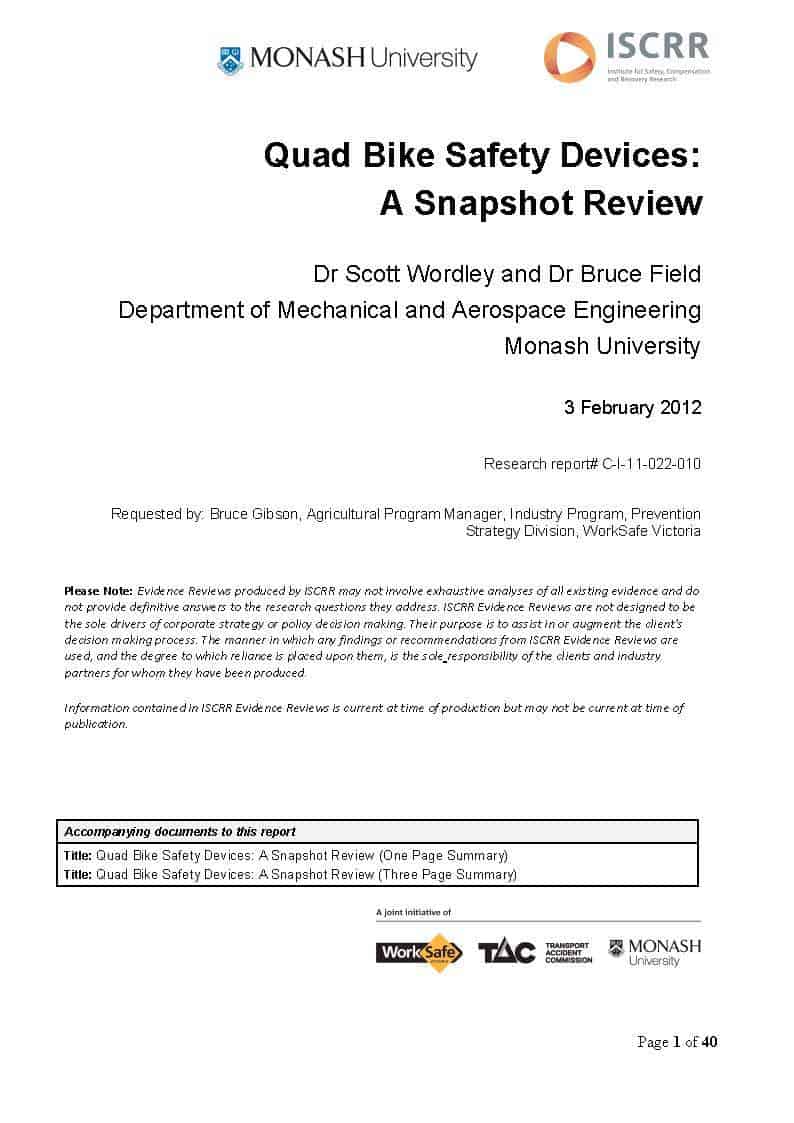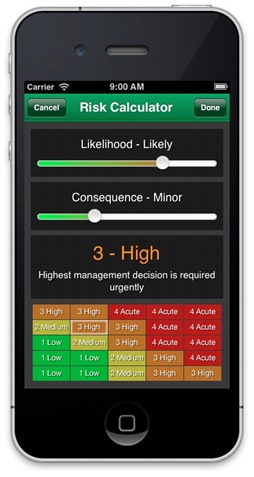SafetyAtWorkBlog has been informed that an Irish backpacker was working on a farm near Gravesend in New South Wales in late May 2012 and received serious back injuries when the quad bike, from which he was spot spraying weeds, rolled on an embankment. The man was taken to hospital after contacting the farmer for assistance.
A spokesperson from WorkCover NSW has confirmed that
“….a 26 year old male worker was injured on a property at Gravesend near Moree …. on Thursday, 31 May. Initial enquiries indicate that the worker was spot spraying weeds on the property and has suffered back injuries from a quad bike incident when he attempted to ride out of a gully.”
At this time, Workcover was unable to say whether
- the worker had received any motorcycle or quad bike training.
- the quad bike had any attachments or modifications.
- the worker was wearing a helmet or other PPE at the time.
It is understood that the worker had been on the farm for only a few days.
We have been unable to find any media or online references to this incident.
On 24 May 2012, a week before the incident above, the Australian Broadcasting Corporation’s AM program ran an interview about the quad bike related fatality of an 11-year-old boy in 2011.
A longer audio interview on quad bike safety was conducted by ABC Rural in September 2011. The participants were Tony Williams of WorkCover NSW and John Lambert of the Forensic Engineering Society of Australia but the most significant quality of the interview was the solid understanding of agricultural safety shown by the interviewer.




